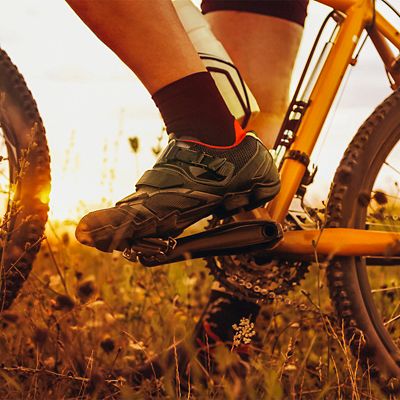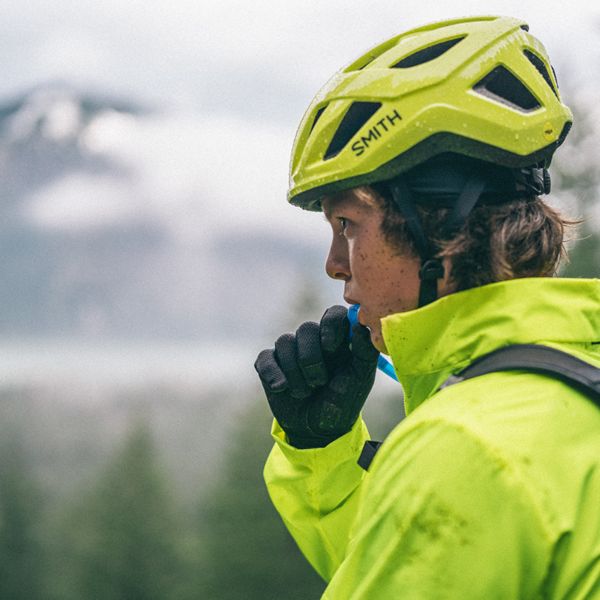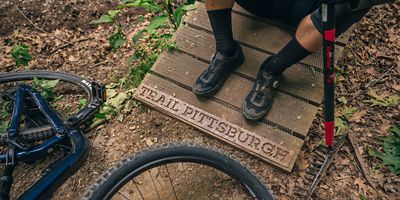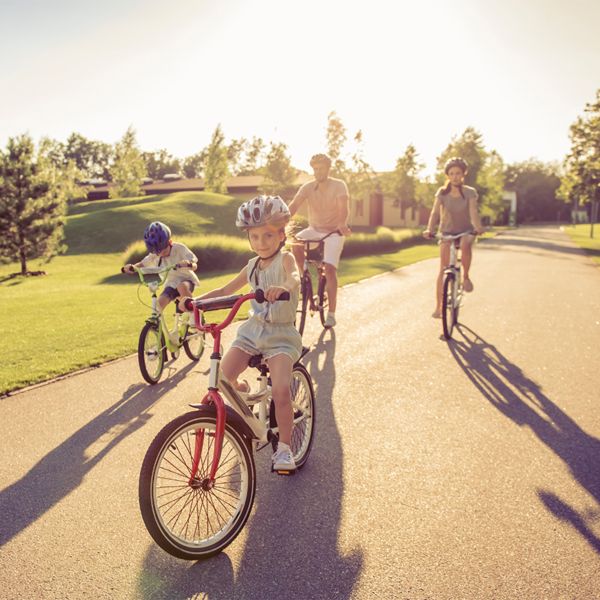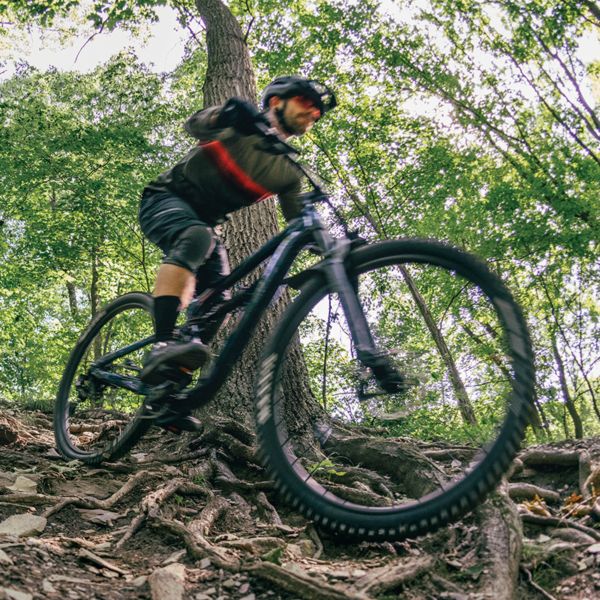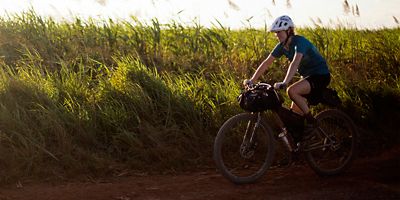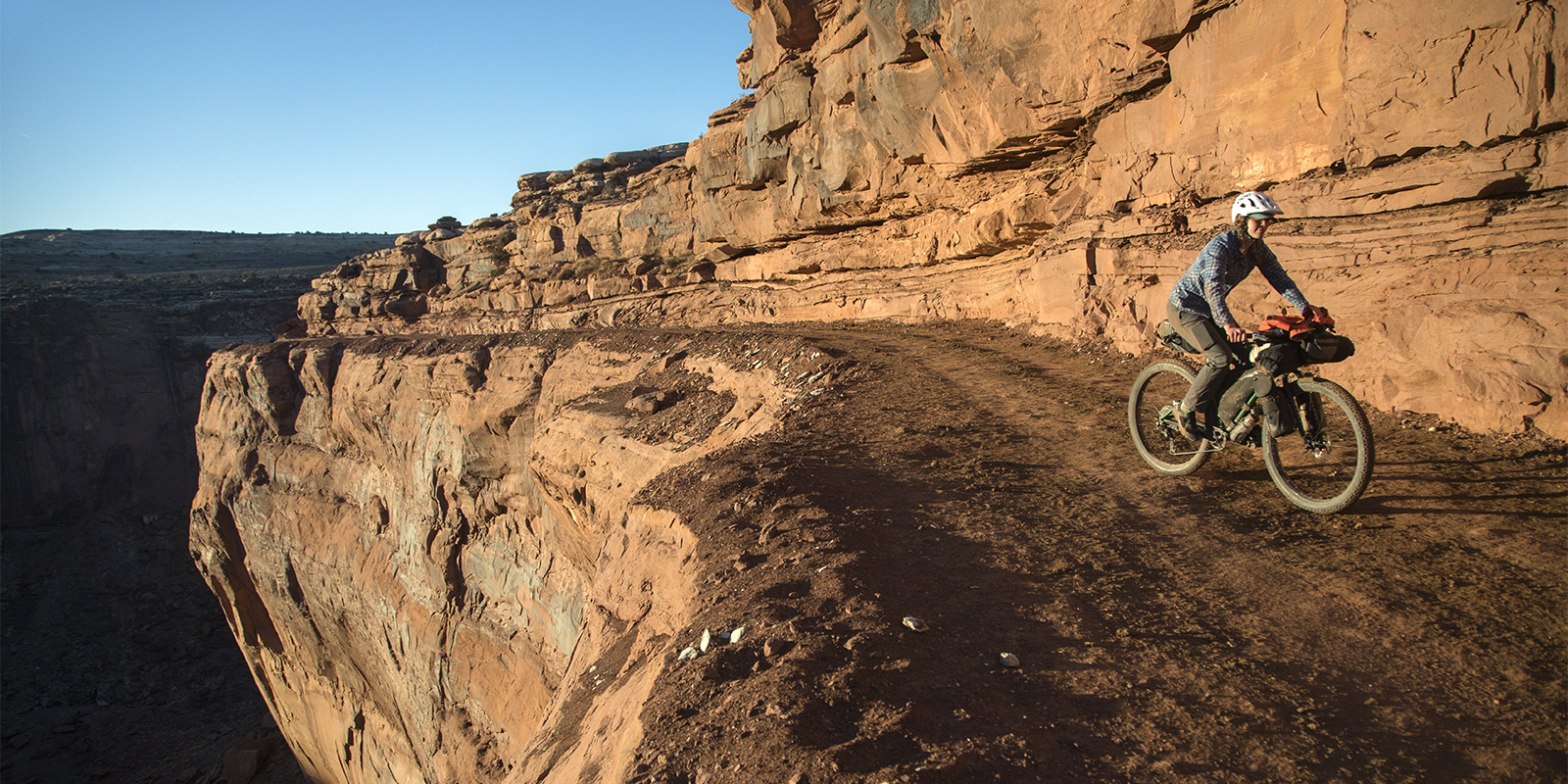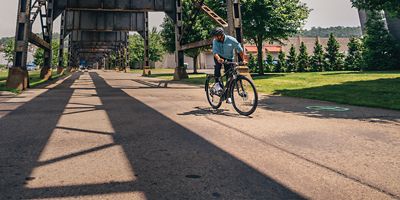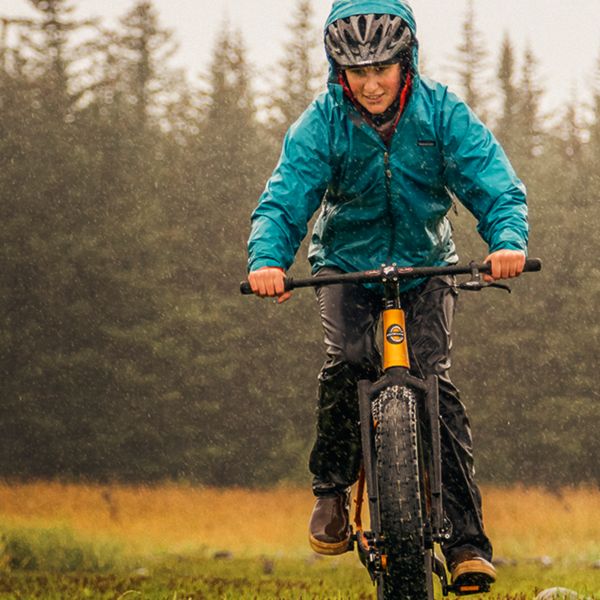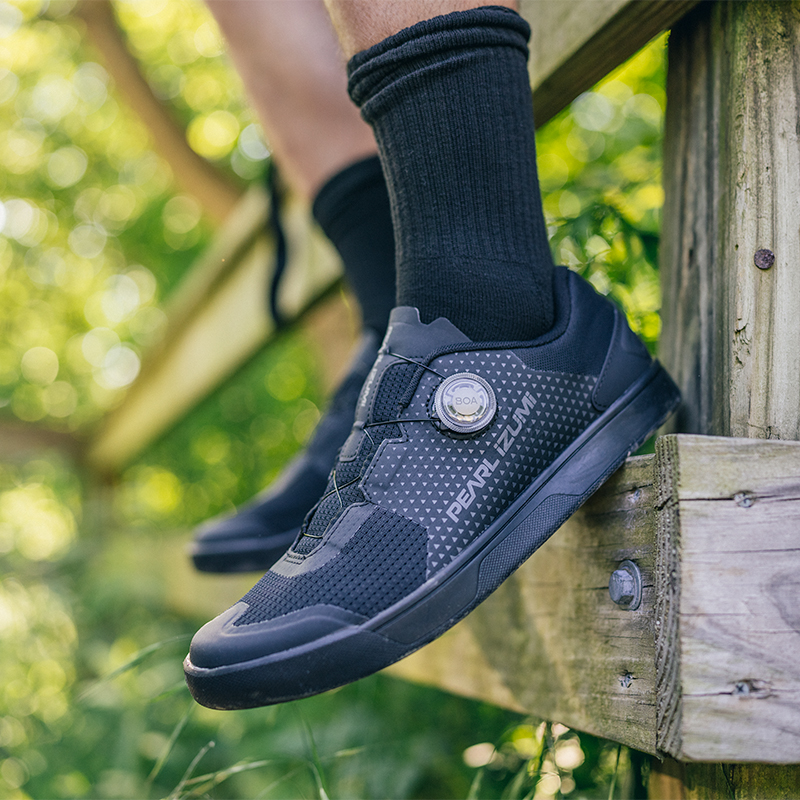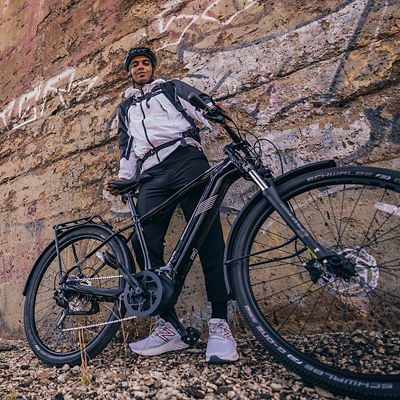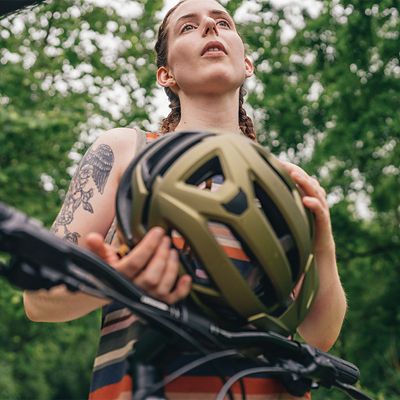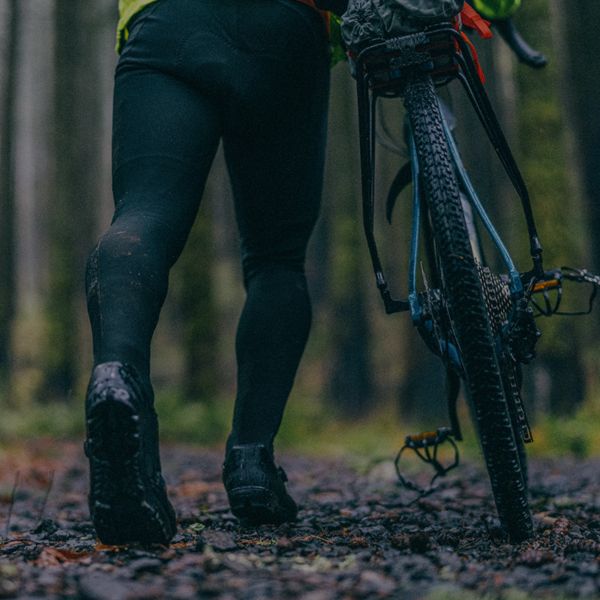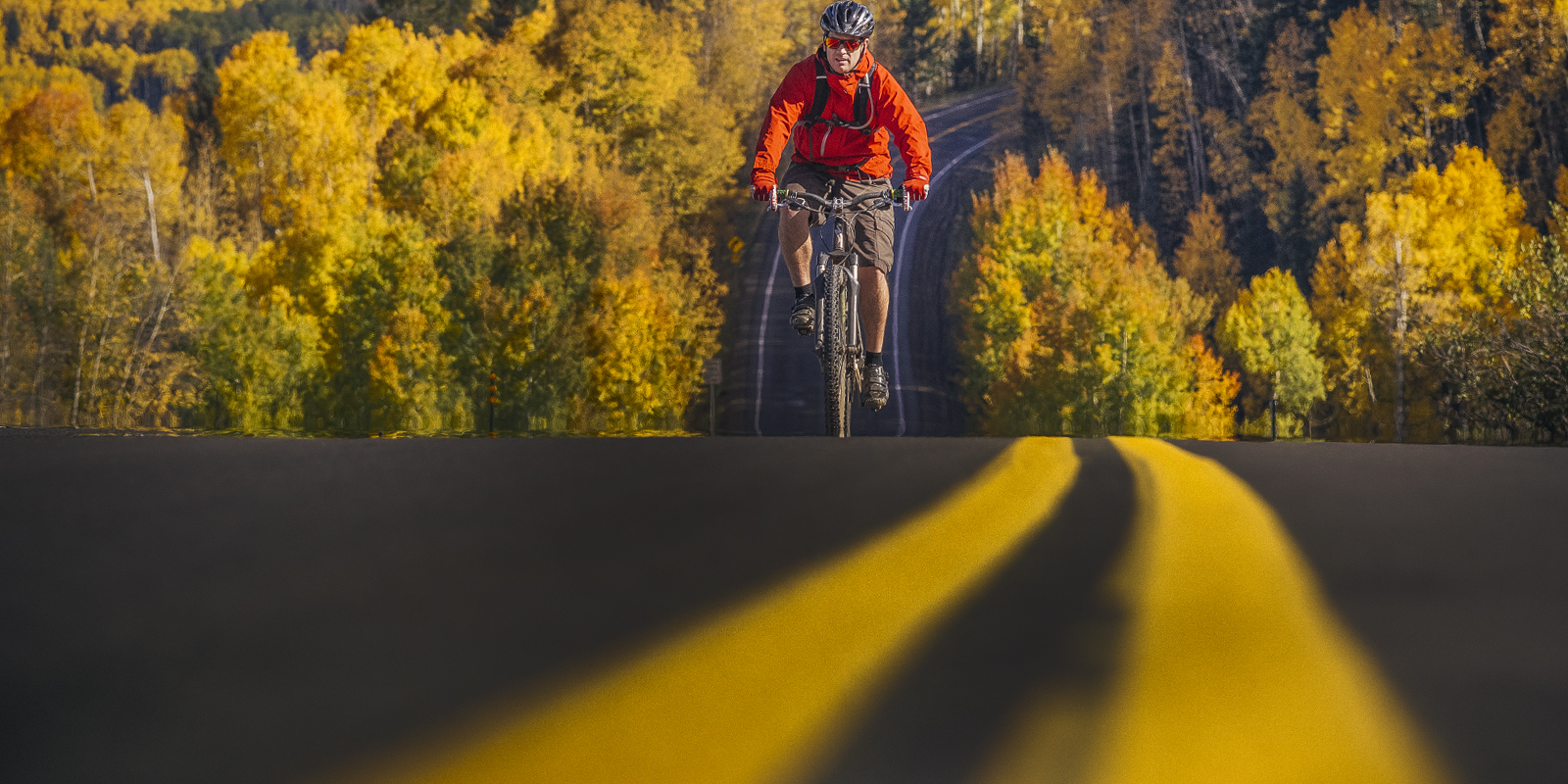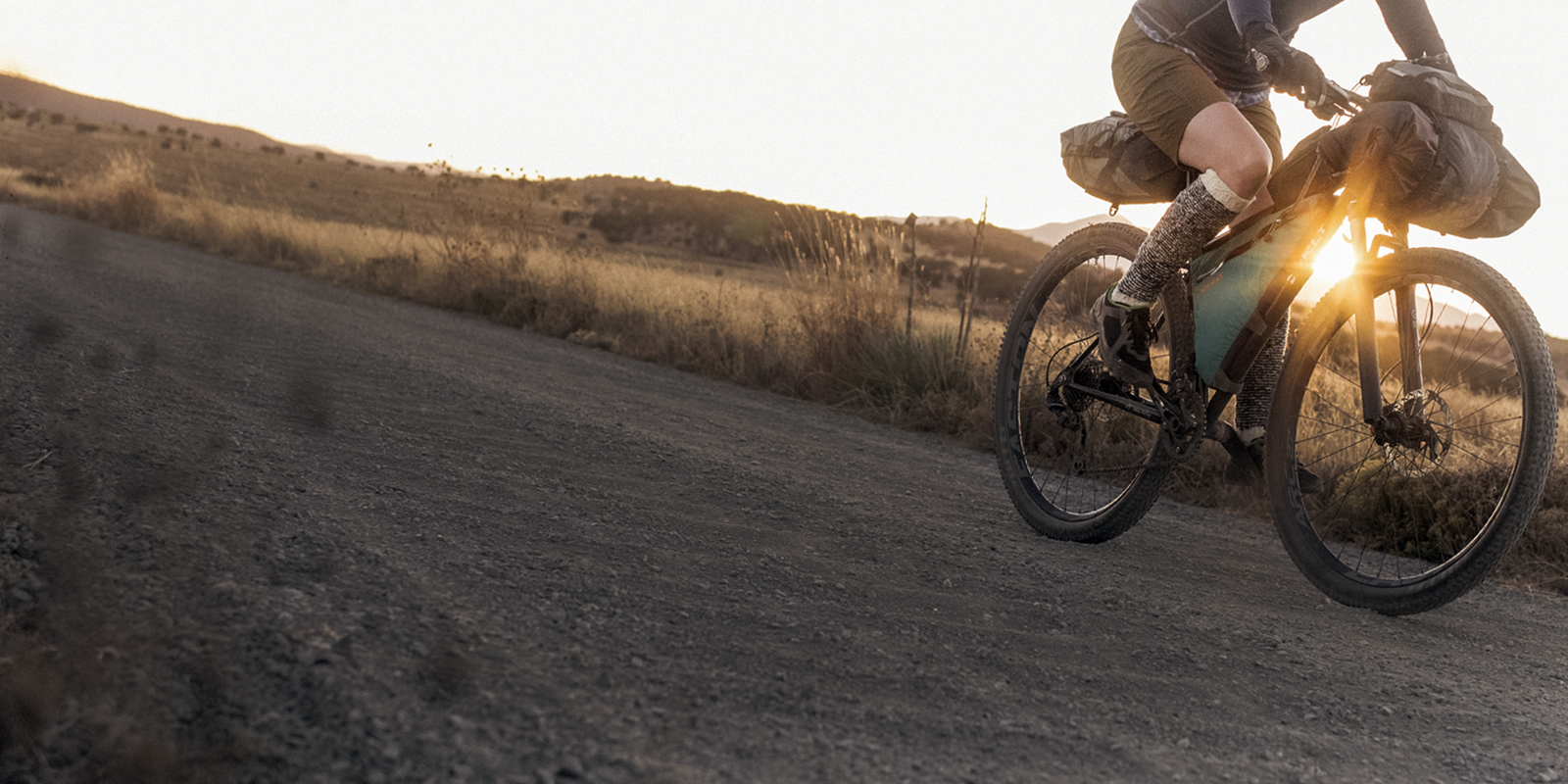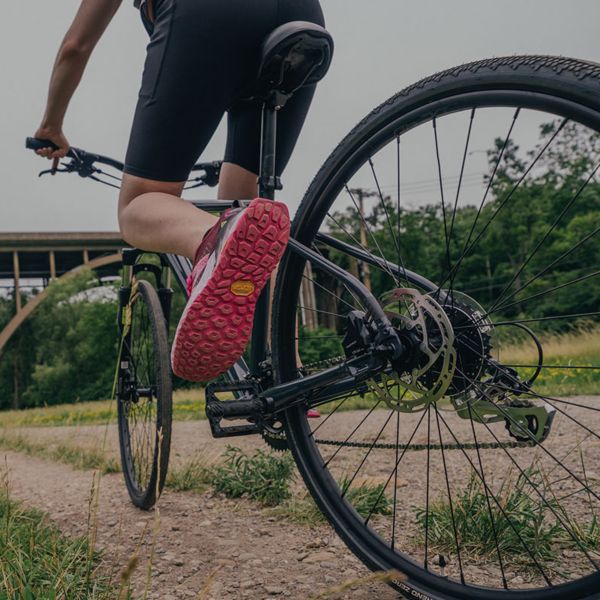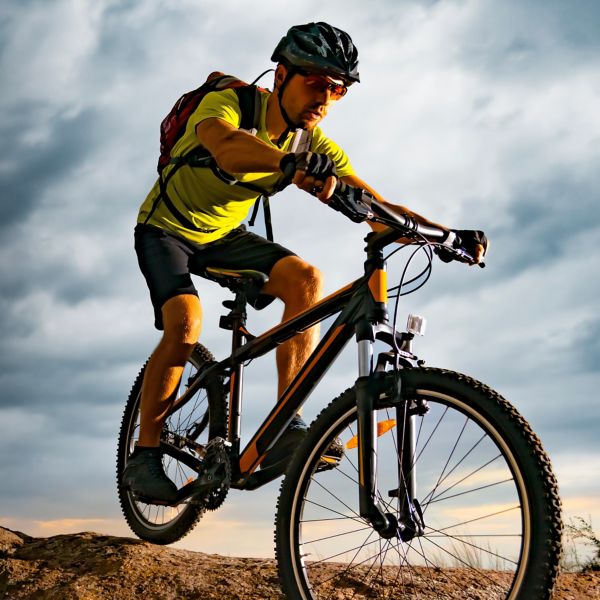When the winter weather arrives, bringing with it cold rain, wind, snow, and all that messy road slop, it’s important to protect and warm your knees and legs. Limiting leg exposure will not only make you more comfortable, it will keep you moving more efficiently and prevent any unnecessary injury. While jackets effectively cover your core, you’ll need some snug leg coverings to best serve your lower half—this is where tights, bibs, and form-fitting pants become a critical factor if you want to keep riding as temperatures drop. Here’s how to find the right pair for you.
Styles
While bib shorts end above your knee, winter riding tights offer a few options when it comes to finding the right cut.
Bibs
Bib tights—long a favorite of road cyclists and some mountain bikers—have straps that come up and over your shoulders to keep them in place as you bend over your handlebars. They’re great for warmth by reducing gaps that expose your skin, but they’re more challenging to layer with warm-weather gear. (If you want to take your bibs off, you’ll have to get just about naked.) Whether you opt for bibs or not, cycling tights feature a higher cut to keep you warm: Bibs will reach above your belly button before the straps start, while bib-less tights still ride higher than they would for running tights.
Knickers
Knickers are cut longer than bib shorts and extend past the knee down to your shin. These are warmer than bib shorts, and provide protection for your knees, while still letting your legs cool off in their lower uncovered areas. This three-quarter length is ideal for shoulder-season rides, especially early spring and late fall, when it’s cold but not frigid.
Full-Length Tights
These extend all the way down your ankles, with some versions having under-foot loops to keep them in place within your shoes. Go full-length for the warmest option for cold-weather riding and the most protection.
Winter Riding Pants
Often a favorite of commuters and mountain bikers who do not want the full “cyclist” look, these pants pull over your riding shorts and look like active pants or sweatpants. Look for insulating fabrics and materials that offer protection from the wind and rain.
Materials
Spandex is the base for most cycling shorts, but winter riding tights offer a few more options, including thicker, warmer spandex to retain heat, as well as compression materials to keep your muscles working well in colder temps. Beyond that, tights cover thermal needs with brushed insulating linings like Roubaix or even fleece. Many even add windproofing and waterproofing fabric layers—an addition that’s much more common with winter cycling pants often lined with synthetic fabrics like nylon or polyester fleece.
Waterproofing and windproofing
Many tights incorporate waterproof and windproof fabrics like Gore-Tex and Gore WindStopper. Keeping the cold air off of your legs, especially the front of your legs, is crucial for riding comfort. While these fabrics, particularly waterproof membranes like Gore-Tex, limit some breathability, it’s a sacrifice well worth making in nasty riding conditions. If you love riding in the slop, make waterproofing a point—staying dry means staying warm and keeping the miles going.
Not braving the worst conditions? Balance water- and windproof needs with breathability by looking for tights that have panels of windproof fabric, especially in areas likely to hit the wind like the front of the knee, ankle, and the top of your quad.
Water-Resistant Coatings
Tights and pants that offer a DWR (Durable Water Repellent) coating across the entire garment (or sections of it) repel water without restricting your movement. Technical fabrics treated with DWR alone may not be entirely waterproof (like the options above), and instead will simply offer protection from light rain and splashes from the road—still a great option, but the protection can wear out over time, requiring retreatment to extend their weather-shedding ability.
Insulation
Many tights will add an insulating fabric layer, often a thick material with a fuzzy, fleece-like interior. For maximum warmth, look for tights made entirely out of this fabric. For days that aren’t so cold, opt for a balance of warmth, movement and breathability by getting tights with sections of insulating material, so that you don’t overheat.



